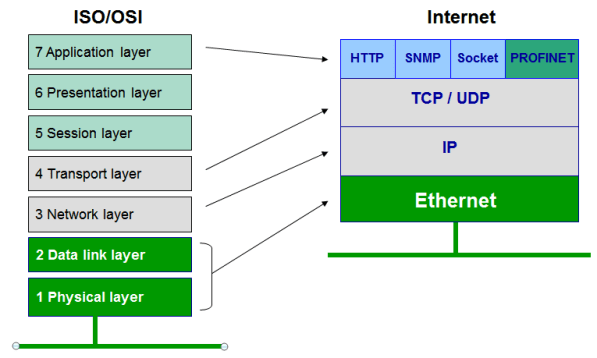eVC
ARCHITECTURE:
eVC is an e Verification Component. It is ready –to-use, configurable
verification environment.
Agents
are the key to eVC architecture. Agents are either active or passive.
Active agents are agents that drive DUT
signals. Passive agents never drive signals, either because they just monitor
an interface within the DUT or because, according to the protocol, no signals
ned to be driven.
Types of Agents:
i.
MASTER
AGENT: A transmit agent that can send data to the DUT’s receive port. It can be
either active or passive.
ii.
SLAVE
AGENT: A receive agent that can collect data from the DUT’s transmit port. It
can be either active or passive.
Description of
all the components :
1.
Config.
It decides whether the agent is active or passive
2. Sequence
Sequence is a class which is used to generate some random input, it
has the set of random inputs that is stored in seq_lib. Test case is nothing
but the set of inputs to test the DUT which forms Sequence library.
3. Sequencer:
A
sequencer is an advanced stimulus generator that controls the items that are
provided to the driver for execution. By default, a sequencer behaves similarly
to a simple stimulus generator and returns a random data item upon request from
the driver. This default behavior allows you to add constraints to the data
item class in order to control the distribution of randomized values
.
5. Driver:
The
driver’s role is to drive data items to the bus following the interface protocol.
The driver obtains data items from the sequencer for execution. The UVM Class
Library provides the uvm_driver base
class, from which all driver classes should be extended, either directly or
indirectly.
6. Monitor
Monitor is used to sample input and output at DUT ] interfaces.
7. Scoreboard
It generates true output for the random input that is generated by
the sequences. As input is detected, data will be added to the scoreboard as a
list. When output is detected, it will be compared against scoreboard data in
the list.
8. Checker
Checker is used to match the output data with the expected output (to
verify the output).
9. Functional Coverage
It checks the functional coverage and tells if the test plan goals
have been met.
There are 3 types of functional coverage
Basic item coverage, transition item coverage, cross coverage
a)
Basic Item
Coverage: This coverage tells if all legal values of an interesting variable
have been covered.
b)
Transition Item
Coverage: This coverage is used for state machines which form the control logic
for any design. It tells if all legal transitions of a state machine have been
covered.
c)
Cross Coverage: This coverage allows to
examine the cross product of two or more basic or transition items to check if
all interesting combinations of basic and transition items have been covered

No comments:
Post a Comment